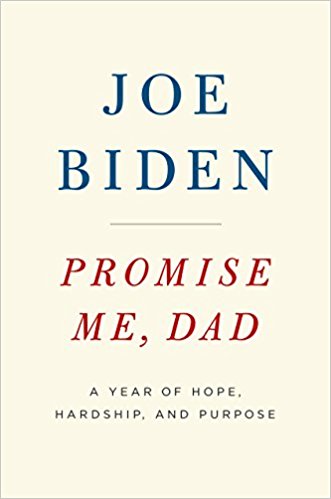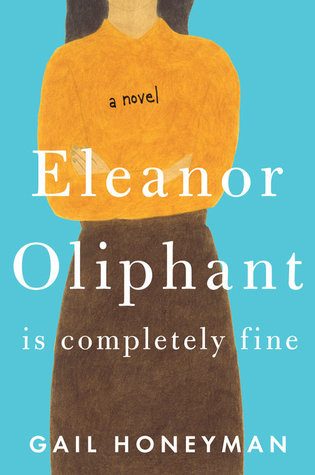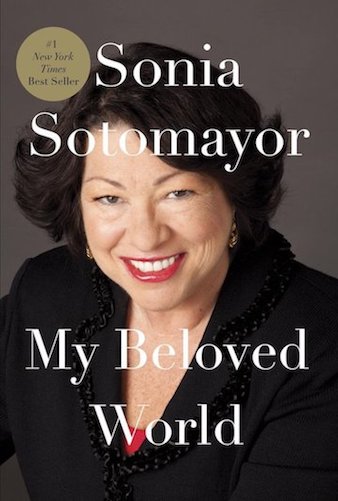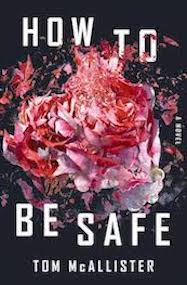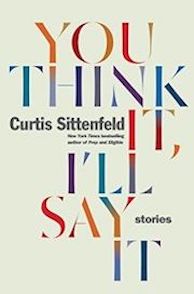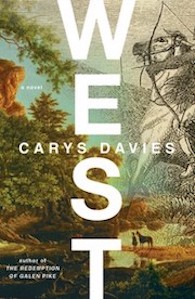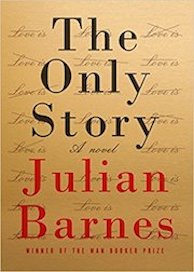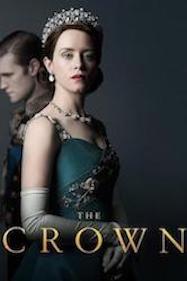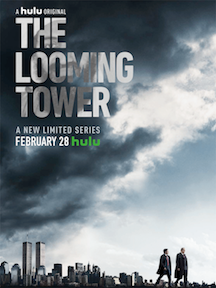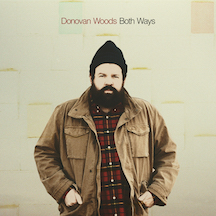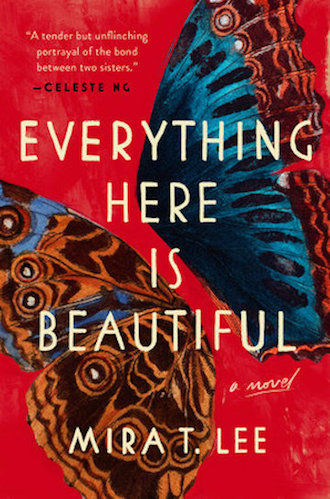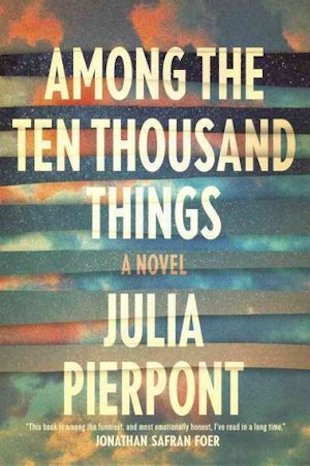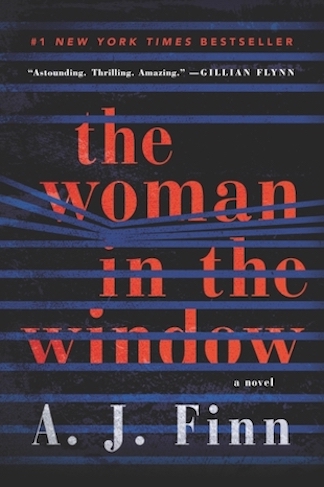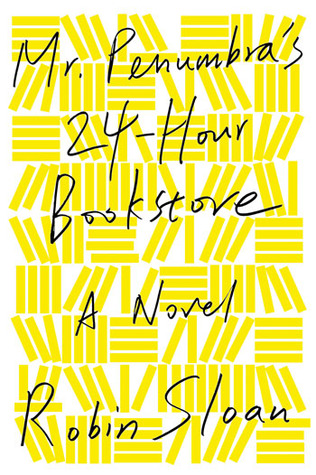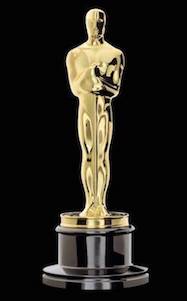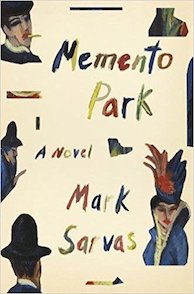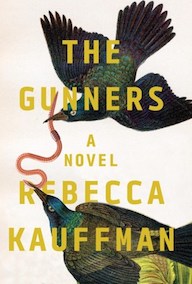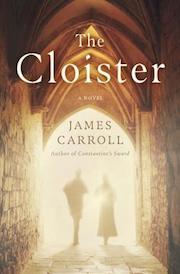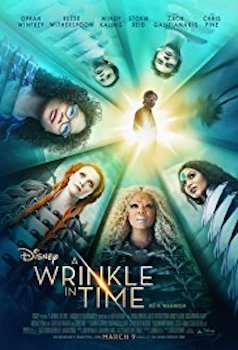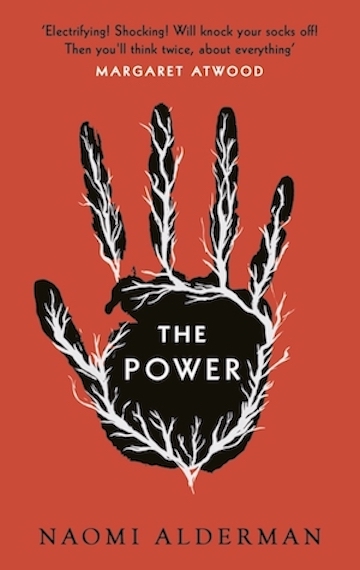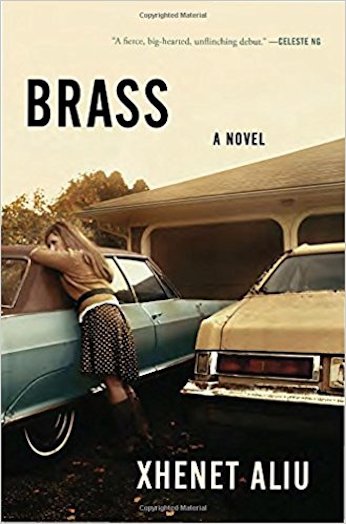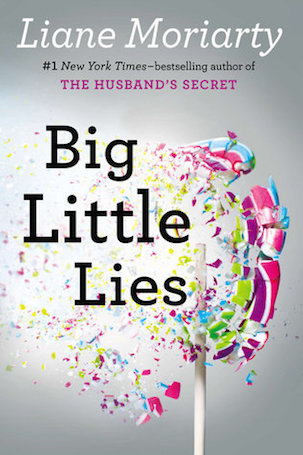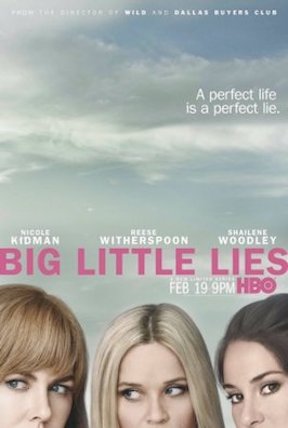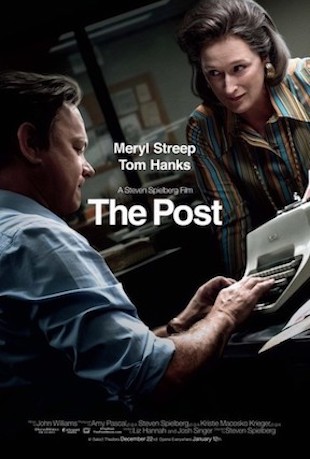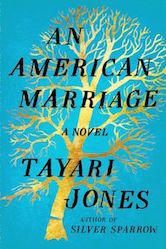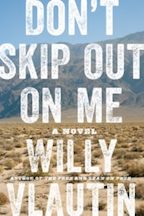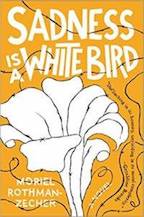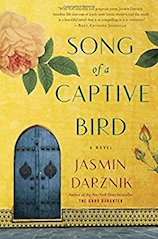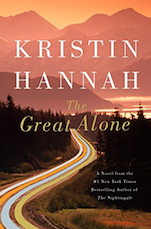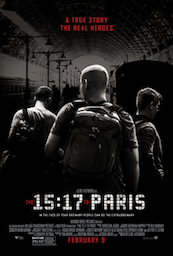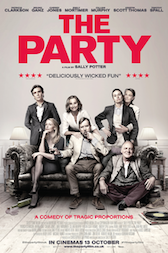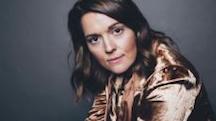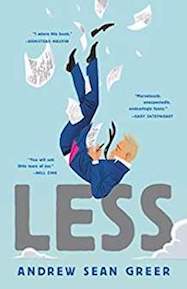
I’m happy to say that spring arrived here this week and we appear to be on our way to some glorious weather ahead. Wahoo. Of course we still have quite a bit of snow that needs to melt. Our yard is still covered under quite a few inches, but I think its days are numbered. Stella, our dog, and I even sat out on the back deck yesterday for the first time of the year …. with hopefully many more times to follow.
In book news this week the comic novel “Less” by Andrew Sean Greer won the 2018 Pulitzer Prize in Fiction. I had previewed this novel last August and got it from the library but then didn’t get around to reading it. I think I will give it another go. The Washington Post critic Ron Charles said it’s very funny and it’s not often that comic novels win the top prizes to begin with. So kudos to Mr. Greer whose novel takes a humorous look at an American abroad — as well as being about growing older and a love story. We will see. Meanwhile I will leave you with reviews of what I finished lately.

Sigrid Nunez’s book “The Friend” is a bit of an unusual little novel (just over 200 pages) that features an unnamed narrator — a woman whose lifelong friend and mentor has unexpectedly committed suicide at the story’s outset and she is bequeathed his Great Dane dog, Apollo. The woman had met her friend decades earlier when she had been a student in his class. They both went on to be authors and taught writing — he having had quite a bit of success but also being a bit of a womanizer, who dated his students and eventually married three times.
Still they remained close, and she becomes unmoored by his death and is left his dog, which she tries to pawn off on his ex-wives but ultimately keeps him when no one will take him. The dog too is grieving after his master’s death, and the narrator and Apollo become unlikely companions in mourning, sharing a dinky NYC apartment, and eventually forming a bond that helps them to heal.
This is the gist of the story, though at times it’s a novel that seems not too caught up in its own plot. It includes more about observations the narrator thinks about along the way such as on: writing and books, loss and death, and various forms of love. She’s darkly funny at times, and also cynical. It’s filled with quotations and anecdotes from the lives and works of various writers and some who’ve committed suicide.
In this way I found its observations quite interesting and worthwhile, though it’s also disjointed if you’re into books with more of a plot-based story. Some of the writing is very good and I wanted to jot down several of its lines. The narrator is knowledgable about the NYC writing and teaching scene (as might be surmised from the author’s 2011 memoir about her friendship with Susan Sontag). It’s a book perhaps that is a little like some of Rachel Cusk’s recent novels (if you’ve read her) in that it’s: cerebral and a bit meandering.
While I liked it, I didn’t overly love it. It was different though. Still it’s a novel about the affinity for a dog and writing. Of course (being a dog lover, not to mention books too), I couldn’t help but be lured by that. Apparently animals are in all of Nunez’s books. She must know their lovable essence and goodness. So perhaps my main gripe about the book is that the hardback, courtesy of the library, had a tiny font. It’s a slim book with a tiny font. Argh, why, why why …. and no, no, no! (See Pet Peeve No. #101, can’t read typeface).

Next up, after the cerebral, I listened to the dirt of Molly Bloom’s 2014 memoir “Molly’s Game: The True Story of a 26-Year-Old Woman Behind the Most Exclusive, High-Stakes Underground Poker Game in the World.” Cassandra Campbell reads it for the audiobook. And of course, it came out as a movie in December, with Aaron Sorkin directing and writing the screenplay for it.
For those who don’t know its particulars: it’s the true story of a Colorado girl (an Olympic skier) who soon after college in 2003 decides to move to L.A. for a year and ends up becoming an assistant to this real estate developer — a jerk, who eventually involves her in running his underground poker games at the Viper Room. There, various wealthy stars gather to play in the game every Tuesday night (bankers, Hollywood actors and athletes), and Molly ends up taking home large sums of money in tips.
Eventually she takes over the game from her boss, obsessively seeing to every detail: of getting wealthy players each week and collecting the losses and paying the winners and staffing the game and its whereabouts. Along the way, the stakes get bigger, where eventually millions of dollars are changing hands, some of the players become troublesome, and Molly’s life spins out of control.
Gracious, I sort of felt the need to brush my teeth after this story, which portrays the greedy, opulent, icky lifestyle of various underground high-stakes poker players. Suffice it to say: I’m not enticed by gambling or by what often comes with it, but I admit Molly Bloom tells a pretty compelling story that seems stranger than fiction (filled with some pretty outrageous stuff) and I was curious to see it to the end.
In many ways in the memoir, Molly’s not exactly the most likable person: she becomes so ambitious to make tons of money and get power at such an early age. How she gets mixed up in this is pretty nuts. She gets sucked into this creepy world for the thrill and money and power of it. Yet despite everything, I still felt myself pulling for her to keep it together, overcome all the obstacles, and not go illegally rogue (she does seem to work her rear off). However this doesn’t exactly pan out. Along the way, she goes over the edge and loses her way (puts her family through hell too), all of which she admits in the book. From what I can tell, she’s lucky to be alive and out of jail — after the mob and a ponzi schemer get involved in her games. Scary stuff.

The book and movie differ in various ways. The movie has more about the court case and her lawyer (played by Idris Elba), which is minimal in the book. Also there is more in the movie about her strict father, being the source of her motivations in life, and he is much less in the book.
Although it’s obvious by the book that Bloom is no literary wiz, I actually liked the book quite a bit more than the movie. The immediacy of the story felt more to me in the book and the movie seemed too crafted and overly long; it even dragged a bit to me. Jessica Chastain plays Molly very coolly and business-like in the movie, which it seems like she was, but she also seemed a bit more nuanced too, which perhaps comes across a bit more in the book.
The book mentions such stars as Leo DiCaprio, Ben Affleck, and baseball player Alex Rodriguez who all played in her high-priced poker games, but the one who comes off the absolute worst is Tobey Maguire. Oh my, who knew he was as awful as he’s portrayed in the book. Yikes. Spider-Man?
What about you — have you read either of these books, or seen the movie — and if so what did you think?


